On going project – Eggshell stickers and fadeproof marker
Chkondideli neighborhood
Rustavi, Georgia
October 3rd – October 11th 2013
Project curated by Tamara Bokuchava (www.socialphotocaucasus.org) and Nini Palavandishvili (www.geoair.blogspot.com) with the support of EU delegation to Georgia and Internews Georgia.

Based on the idea of a running frieze that would tie the neighborhood together, I painted each individual spot envisioning a design that would run from door to door. At first I thought we would ask the people and then paint, but actually the project turned out differently. The first door I decided to paint was the entrance of an abandoned house so we decided to paint it without asking permission. While I was painting this first door, locals who were passing by asked us what we were doing and started to spontaneously offer their own doors. At that point I decided that it would make more sense to just follow the flow of people offering their doors – that way I wouldn’t control the way the frieze was growing in and around the neighborhood.
Rustavi is the fourth largest city in Georgia. During the second half of the 20th century, the city was rebuilt by the Russians as an important industrial center with around 90 factories implanted on its territory. Chkondideli, the neighborhood where we worked, used to be a dormitory neighborhood for immigrants working at these factories. After 1991, when the Soviet Union collapsed, almost all the factories were closed down and the unemployment rate jumped to 65%. Today only two factories are still in use.
Process pictures (by Tamara Bokuchava):
Since I started painting geometric shapes using masking tape I have always found the moment right before pulling the tape off very interesting. At first, it looks a bit uncontrolled and messy but with a closer look, you can already begin to see an organized structure among the chaos of the tape and paint. Because painting in the street (for obvious reasons) has to be a quick action, this moment where the paint and the tape exist simultaneously is always extremely short. The idea for this new series called “One Minute Before” is to generate a collection of drawings based on the re-creation of this brief moment just before the tape is pulled off and the painting is revealed – a moment that, apart from myself, very few people have ever seen. All the drawings are based on real paintings that exist or have existed in the street, most of them painted illegally.
The first three drawings of this series were created in Beijing in June 2013 using pencil, acrylic and watercolor on paper.
This new series of work was presented to the public for the first time during the Wooster Collective 10th Anniversary Show at the Jonathan Levine Gallery in New York in August of 2013.
To ask about availability and prices of these artworks, please write an email to: artworks@eltono.com
Parcours artistiques dans (et avec) l’espace public
Besançon, France
September 6th – October 6th 2012
Project in collaboration with MOMO
This summer MOMO and I were invited to do our fourth collaboration together for the Bien Urbain festival in Besançon, North-East of France. We worked on two exercises: the first one, called Improbables, was an exercise about doing compositions with pieces of wood in unused gaps in the city. The second one is called Peinture au Cordeau Traceur (Paint Snap-Line) and is an adaptation of the traditional chalk line tool. The technique we developed allowed us to trace long lines on a building of almost any height using paint instead of chalk.
Together with Bien Urbain, we edited a zine about these two projects:
www.justeici.bigcartel.com/product/momo-eltono-zine-poster.
We came up with this idea after noticing a lot of small, unused spaces on walls all around the city. After collecting scrap wood, we loaded up our cart with the wood and our tools. Then, as we walked around the city, we installed simple wooden compositions in every gap we found interesting. All the pieces were put into place using only tension – no nails nor glue were used. The end result were 52 installations found all around the “Battant” quarter in Besançon. On an individual level, the pieces were quite discreet and often looked like some cheap repair work; but when people started noticing the series, they immediately realized that something was happening… We were amazed by how intact the pieces remained and how slowly they disappeared. The hardest part of this project was to try to make the installations NOT look like pieces of art.
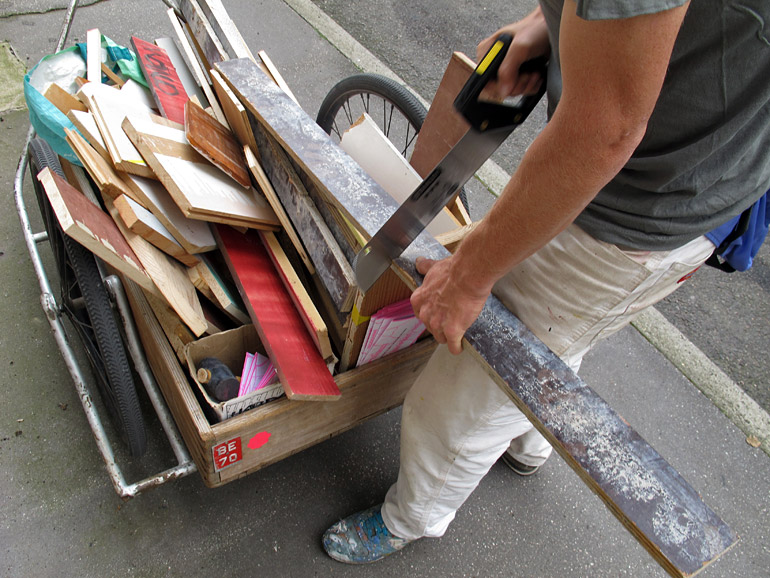
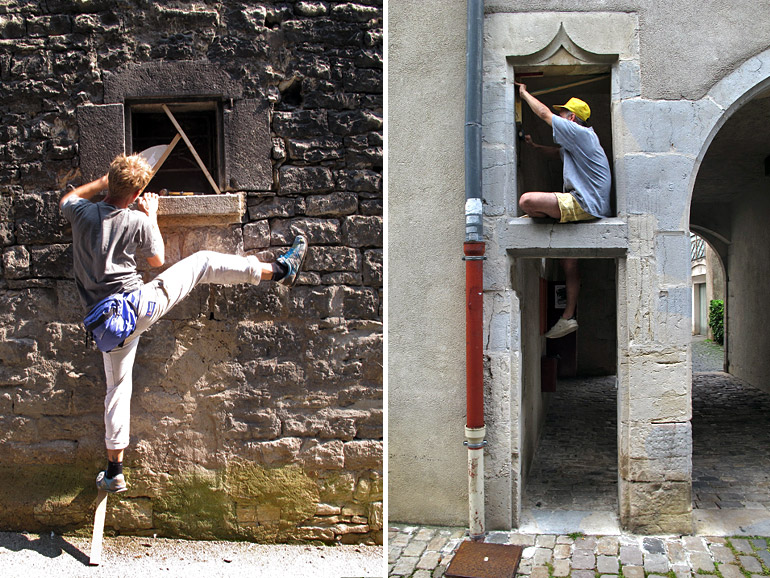
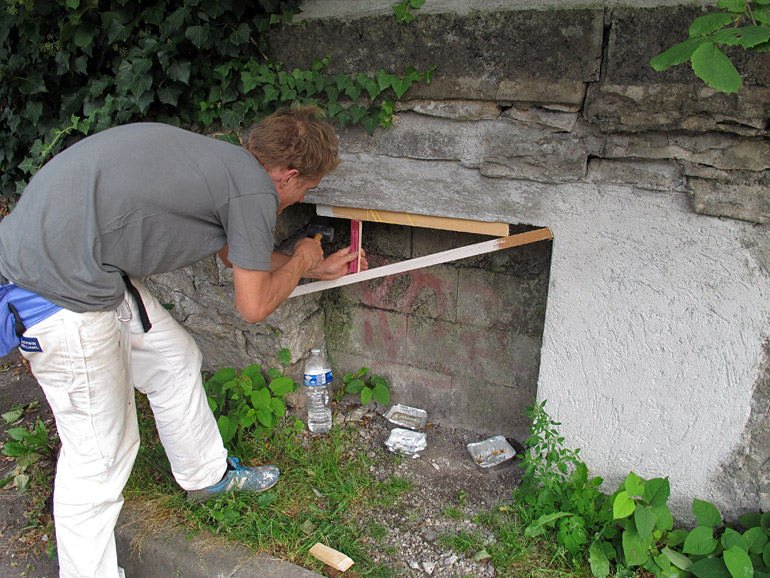
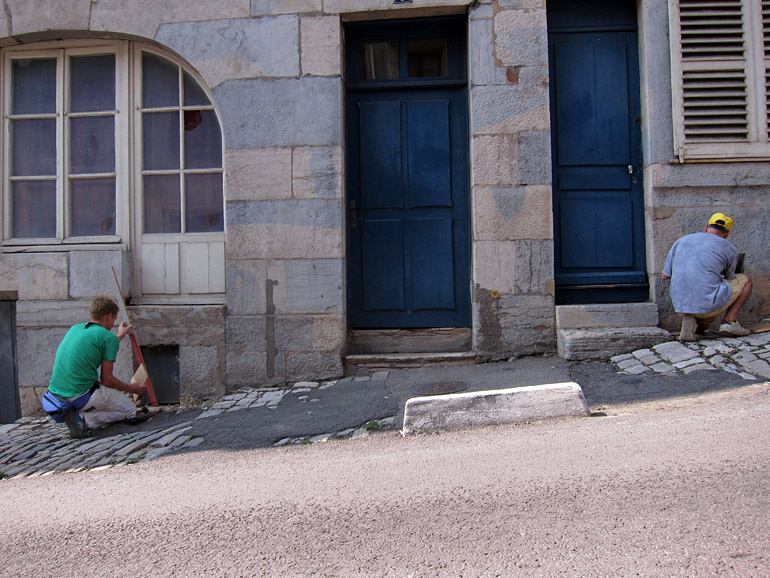
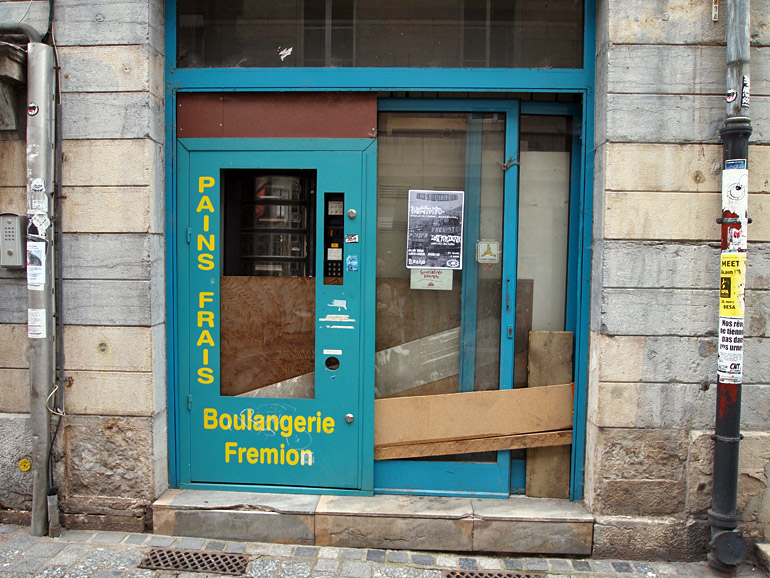
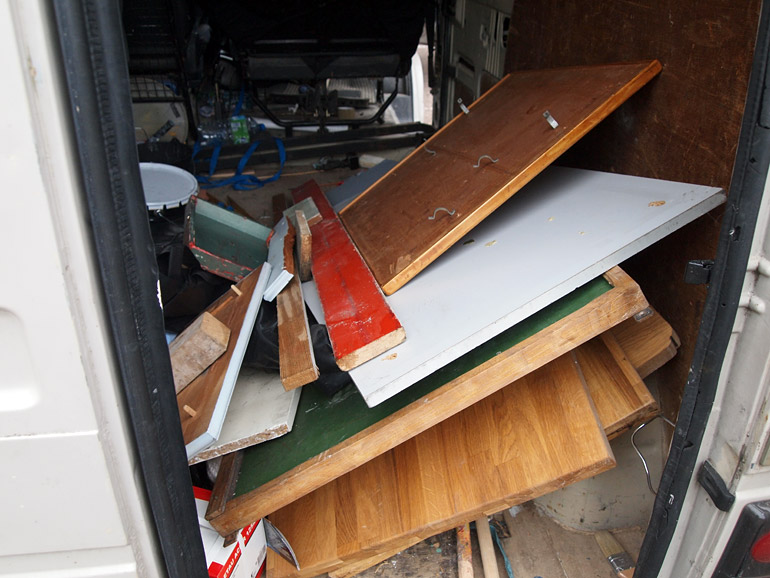
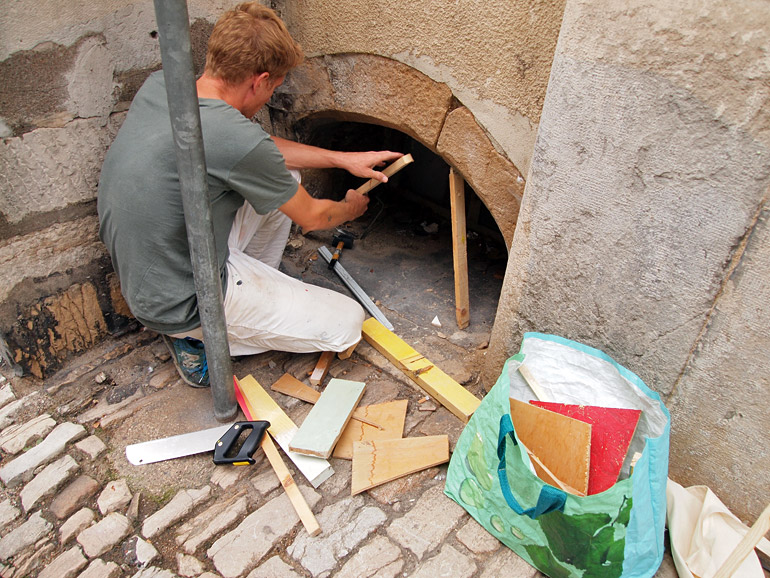
(Paint Snap-Line)
For this project, we used the traditional chalk line tracer tool as our inspiration and conducted experiments eventually developing a similar tool that enabled us to mark long straight lines on buildings with paint. After a few drawings, we came out with a design and using the material available to us in Bien Urbain’s basement, we built the artifact. We did three tests, threw paint everywhere and finally came up with a satisfactory result.
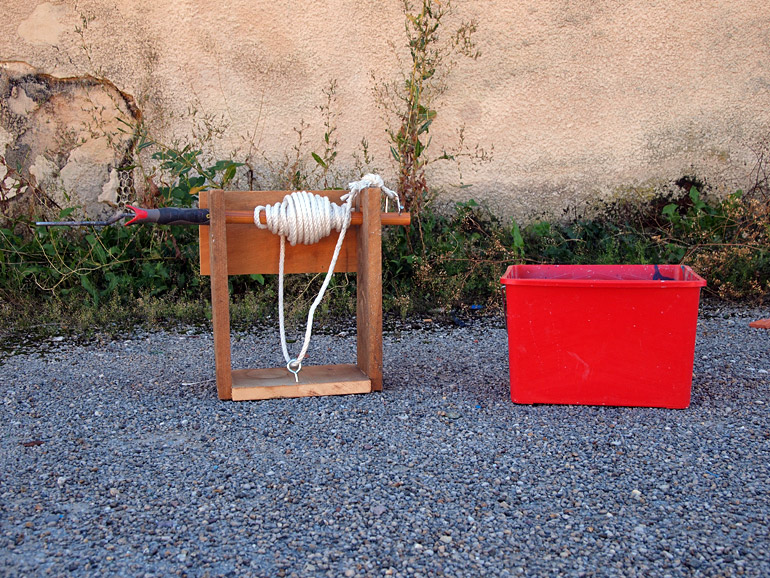




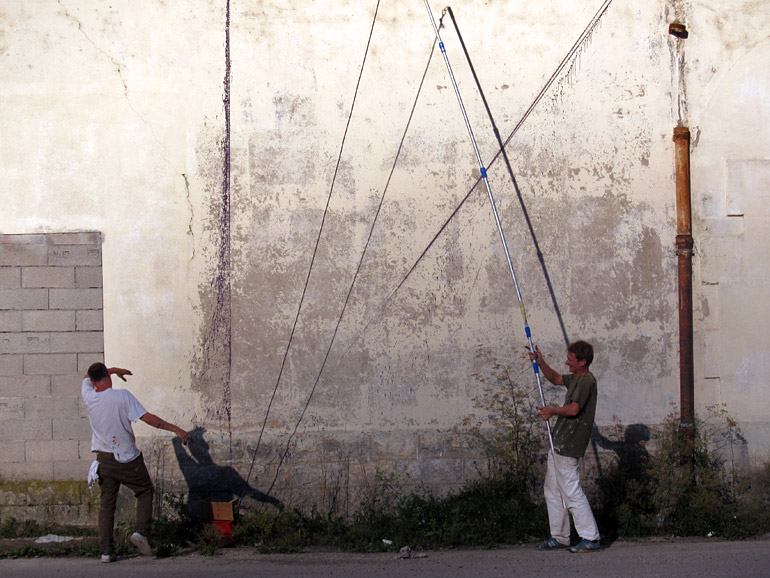



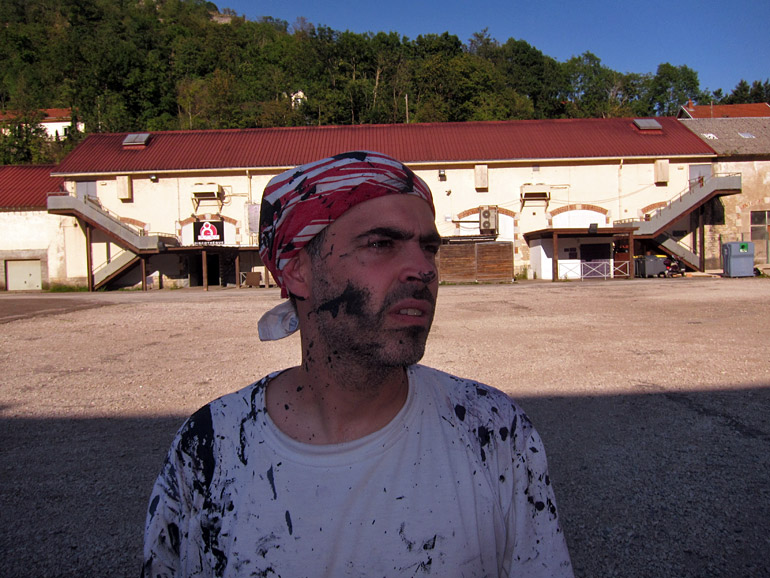
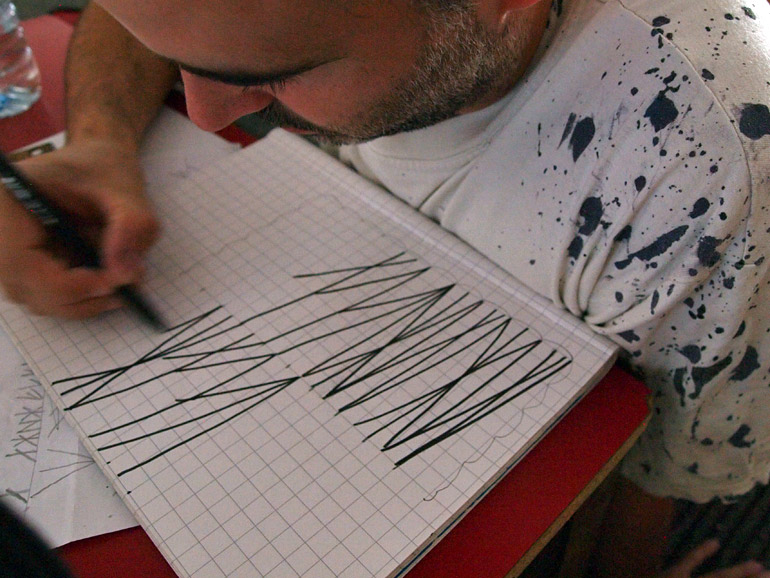
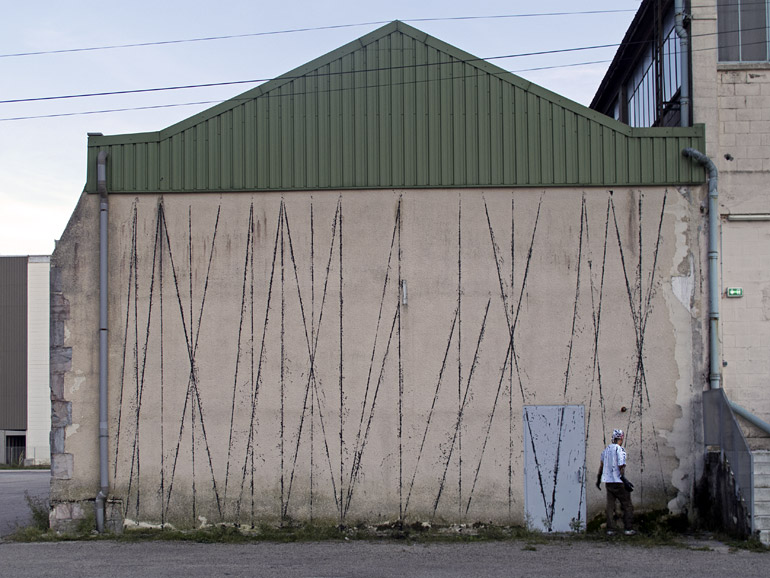
Pictures by Sierra, MOMO and Eltono.
Thanks to David, Lucile and to the whole Bien Urbain crew.
I have always been fascinated by auto-construction. From the gate at the end of a garden to a brick house found on the slope of a hill in Brazil. This type of architecture is immediate, organic, it expands in an almost natural way. This urban fabric’s apparent chaos is often more human than one found in a city where the construction follows standard urban planning. Aesthetically speaking, worn out textures and the discovery of a variety of materials (bricks, cement blocks, metal panels, wooden slabs…) have always attracted me as an artistic surface.
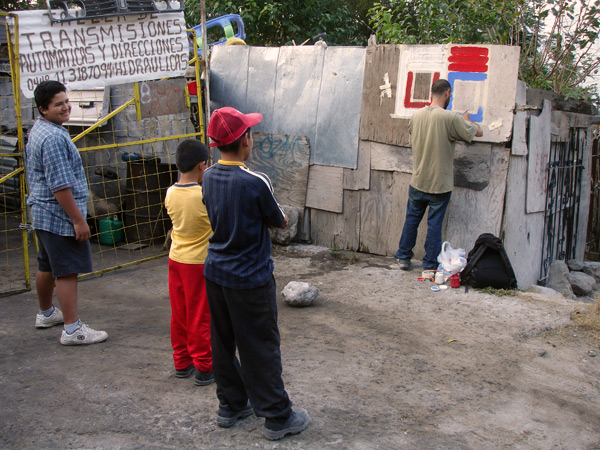
The Barrios project began in April of 2006 when, invited by some friends, Nuria Mora and I painted in a favela in Rio de Janeiro. After exchanging ideas with the residents, I was very pleased to see that they were so receptive to what I was painting. They really appreciated the colors and the composition. This positive reaction led me to reflect on Contemporary Art and specifically its access to the public. It was obvious that, unfortunetly, the residents of the favela didn’t often visit museums or art galleries. Even though the appreciation of a work of art is universal, access to art itself is not. Since then, it has become a special mission for me to bring contemporary art to places where there is none. When discussing this with my friend Nazza, a fellow artist, he said, “what is the point of painting in the street in the center of Buenos Aires where people have money and can buy art and pay to enter museums, I only paint on the outskirts of the city.” He is completely right… Why give art for free to the people who need it the least? Where people really need art is in the Barrios!
This is not about outside eyes prying, or looking into a foreign world. My idea is to create a dialogue with the residents and enrich their daily lives by providing them with a humble gift. Sharing with them what I know and receiving what they can teach me. With Barrios, the human experience is always more rewarding for me than the artistic experience.
Barrios is an open project in constant development, more interventions and publications will come in the future. Of course, any idea or proposal is welcome as I am always looking to find new opportunities to make art more democratic.
Below you will find photographic galleries of six projects that I have developed within the framework of Barrios up until now. The photos were taken by project organizers, friends, neighbors and a few are my own.
Rio de Janeiro, Brazil, 04/2006
In collaboration with Nuria Mora
More details: www.eltono.com/projects/gardenia-azul
Murcia, Spain, 08/2006
Two week artistic residence within the neighborhood
In collaboration with Emece and Puerto Lumbreras City Council
A book about the project has been edited by the city council:
www.eltono.com/boutique/puerta-lumbreras-book
More details: www.eltono.com/projects/puerta-lumbreras
Nuevo León, Mexico, 11/2007
Paintings made with the help of Nrmal, Maf and Screw
Jalisco, Mexico, 10/2008
Ten day artistic residence
In collaboration with Paco Rosas and Libelulart
More details: www.eltono.com/projects/puerto-vallarta
Monterrey, Mexico, 04/2009
Two-month artistic residence within the neighborhood
In collaboration with Nrmal and El Narval
More details: www.eltono.com/projects/residencia-tampiquito
Buenos Aires, Argentina, 12/2007 and 04/2010
Paintings made with the help of Nazza Stencil
We were returning to my friend Nazza’s home after painting, when we ran into the neighbor´s children playing football against a wall in front of the house. I paint lines, we had white paint and we were walking through a neighborhood in Argentina… It was pretty obvious that I would end up painting a goal on the wall! This is probably the most interactive piece I have ever painted.
Caochangdi, Beijing, China, 06/2012
1/1 Project with C-Space gallery
More details here: www.eltono.com/en/projects/1-1-caochangdi
Utrecht, Netherlands
March 2012
Project in collaboration with Stickit
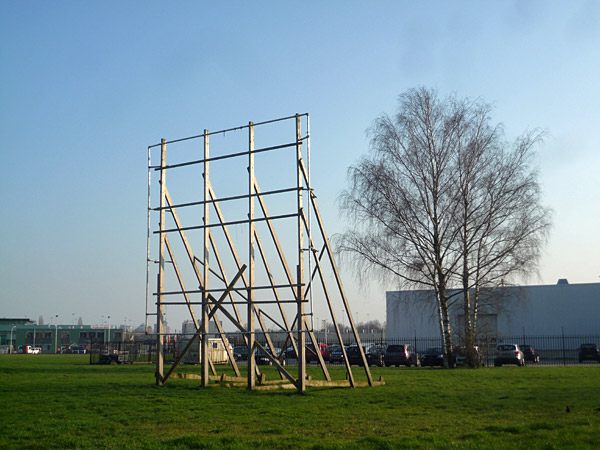
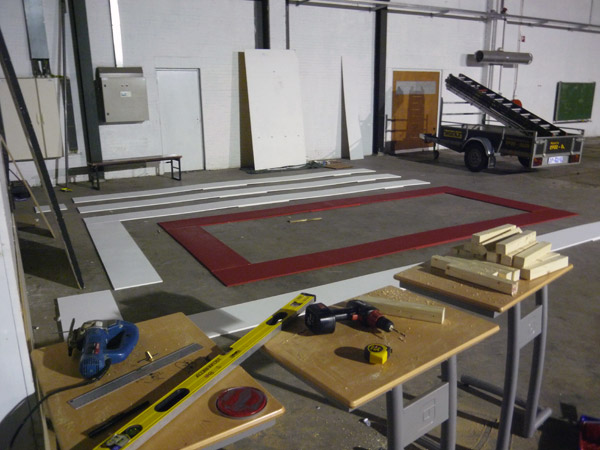
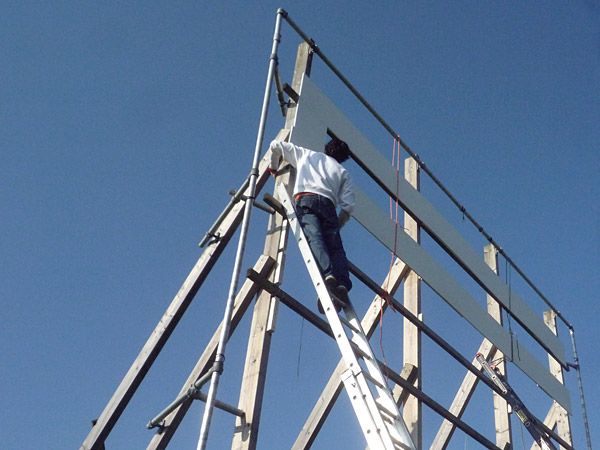
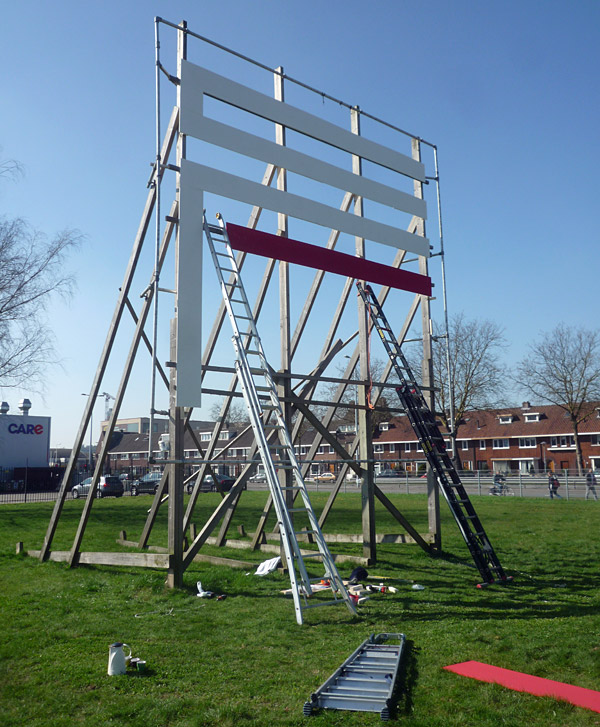
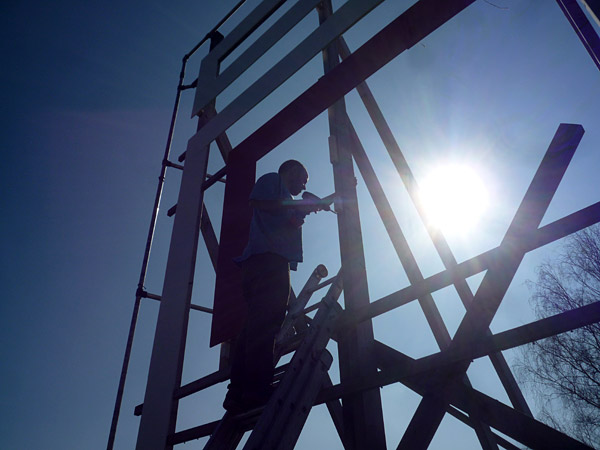
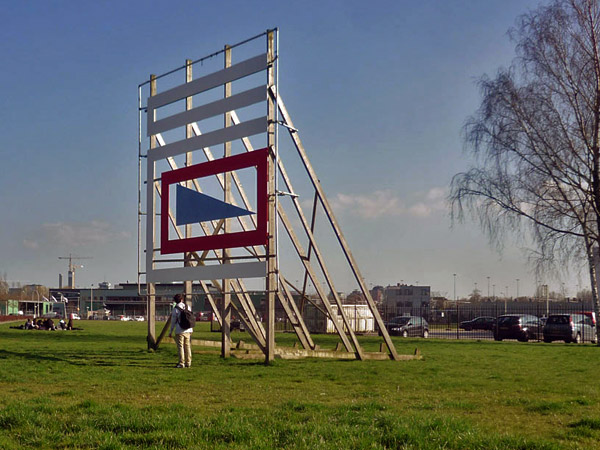
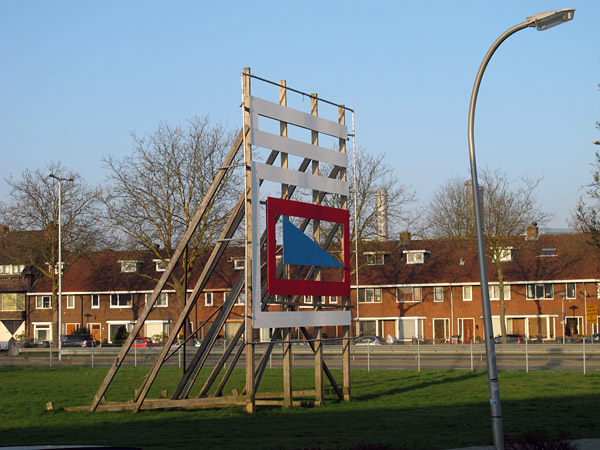
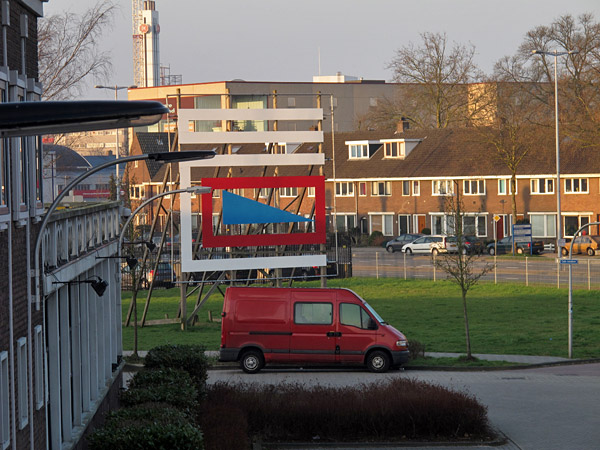
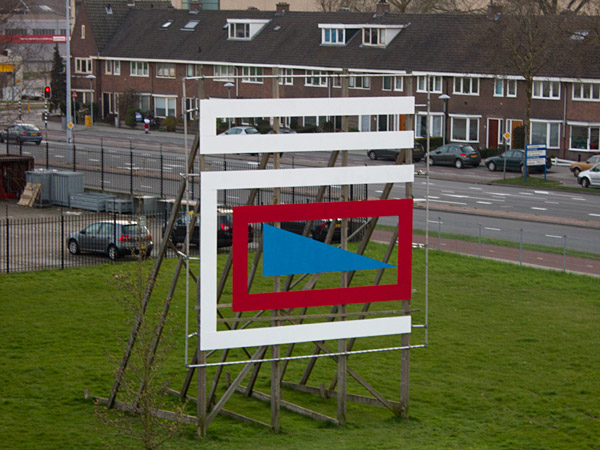
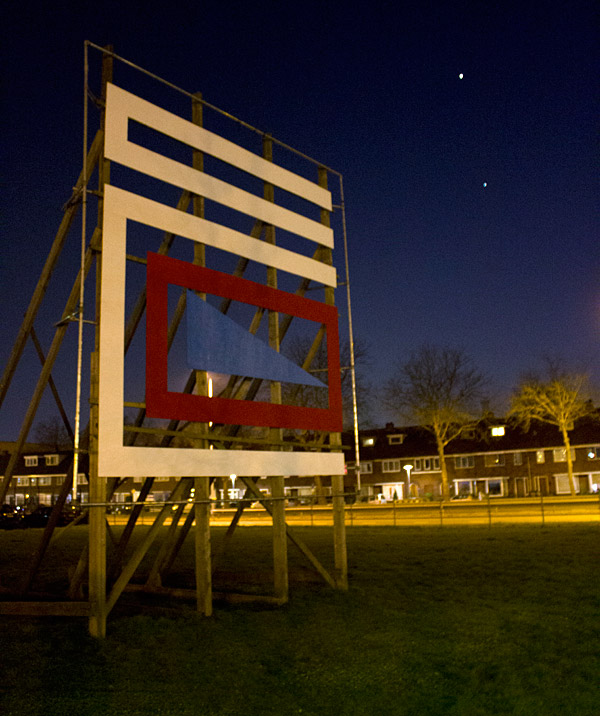
Thanks Wood, Mores, Merijn Hos, Tibor Kocsis and Stijn Jansen!
Ongoing project
Started in September 2011
I have always been fascinated by all the marks, traces and treads that our daily movements leave throughout a city. The idea behind TRACES is to observe and somehow try to register these types of marks. For this purpose, I am working on some experiments that allow for the possible appearance of shapes and lines by exploiting these daily movements.
The first experiment is called Gravure au sol (ground engraving). The idea was to generate graphic works using the city as a studio. The four first attempts with a satisfactory result were executed on the asphalt of three streets (one in France and two in China) registering the passage of cars, motorbikes, bikes and a few pedestrians.
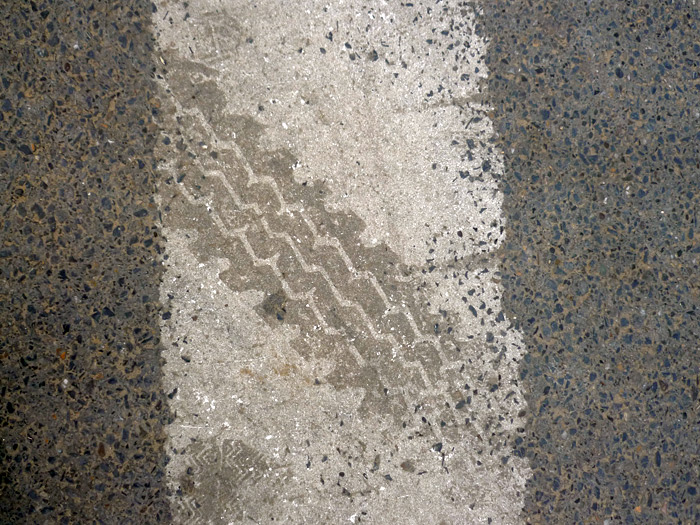
Asphalt engraving on card, 18 cm x 28 cm.
13/09/2011 from 14h25 to 20h20, road D54, France.
Most of the marks were left by cars.
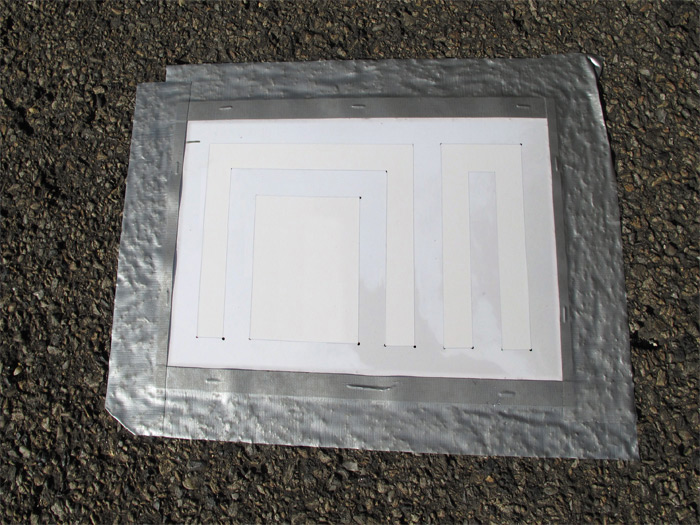
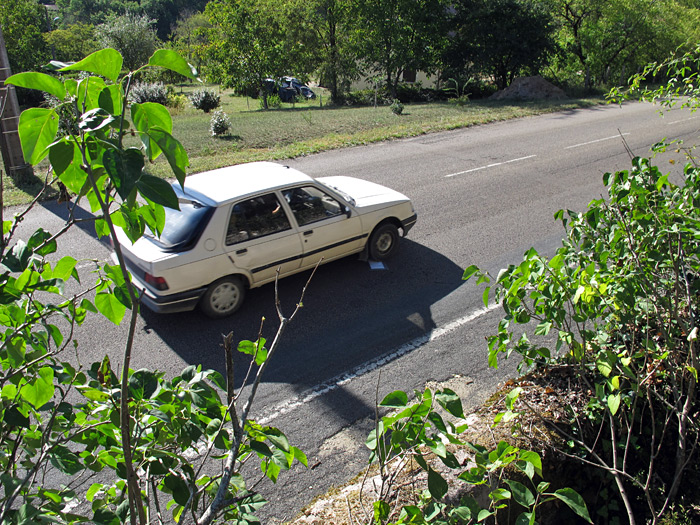
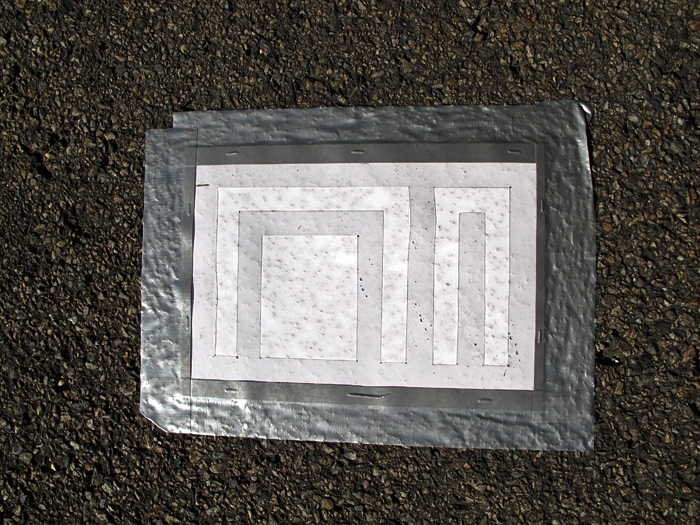
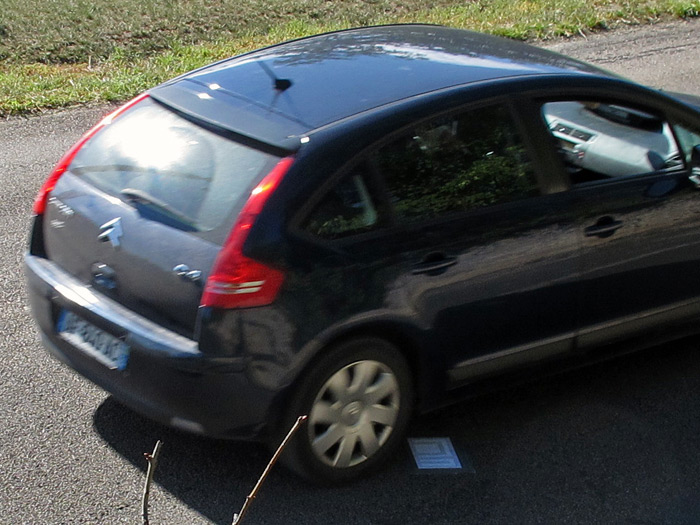
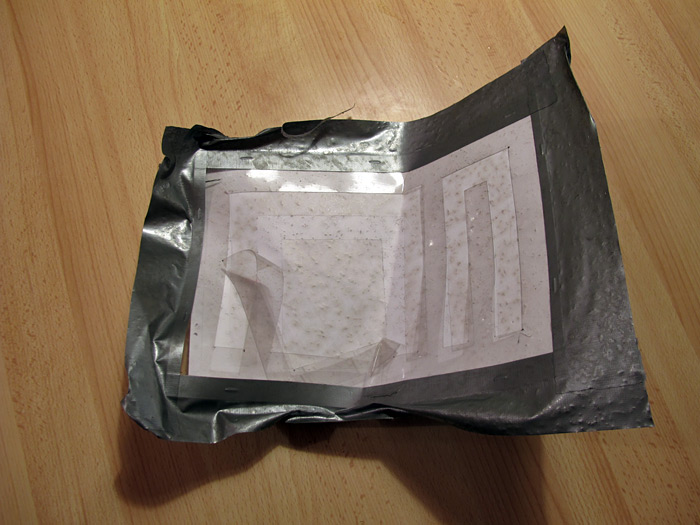
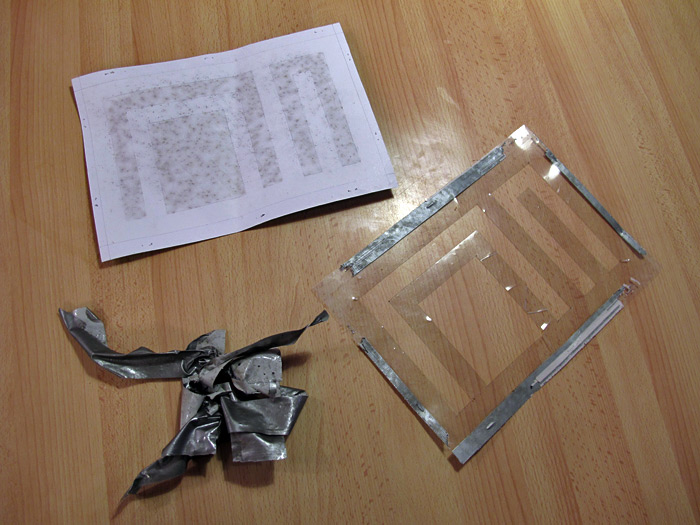
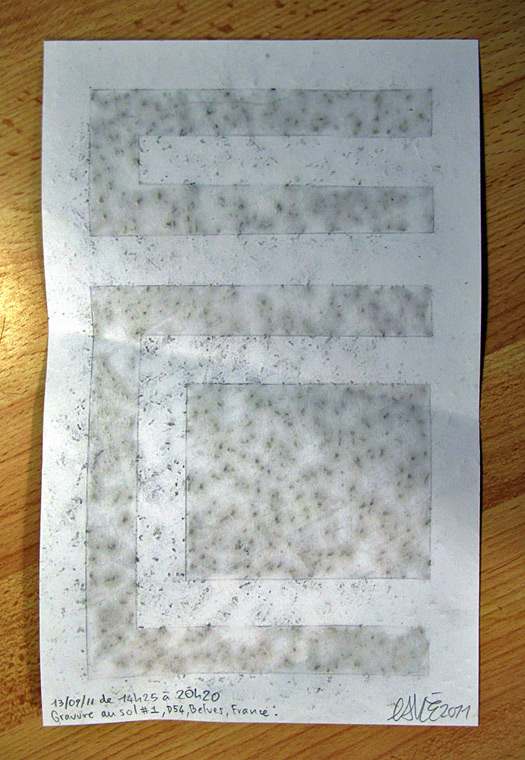
Asphalt engraving on Canson Paper, 18 cm x 28 cm.
14/09/2011 from 9h32 to 16h54, road D54, France.
Most of the marks were left by cars.
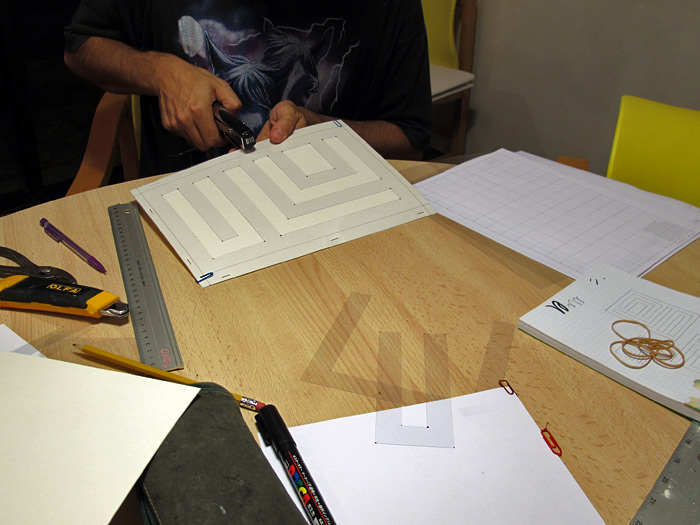
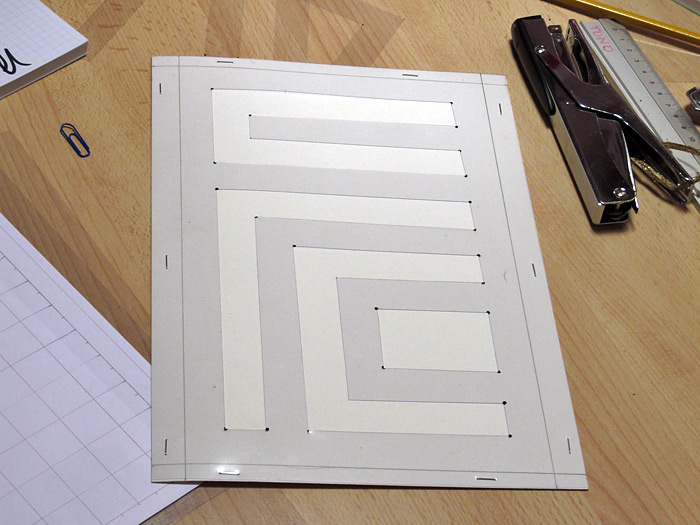
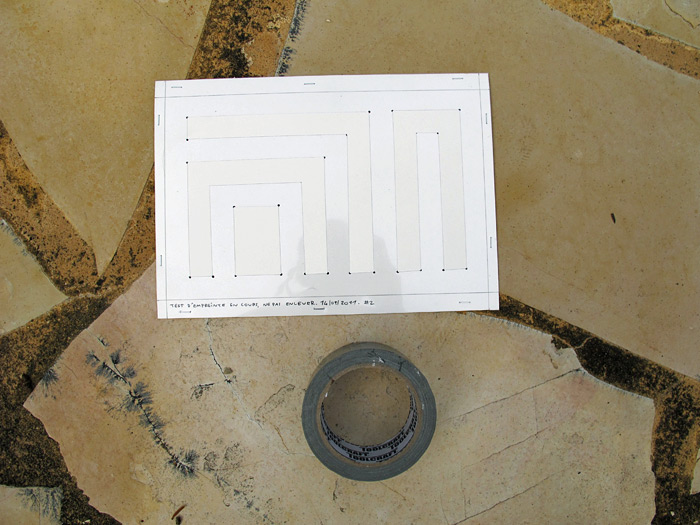
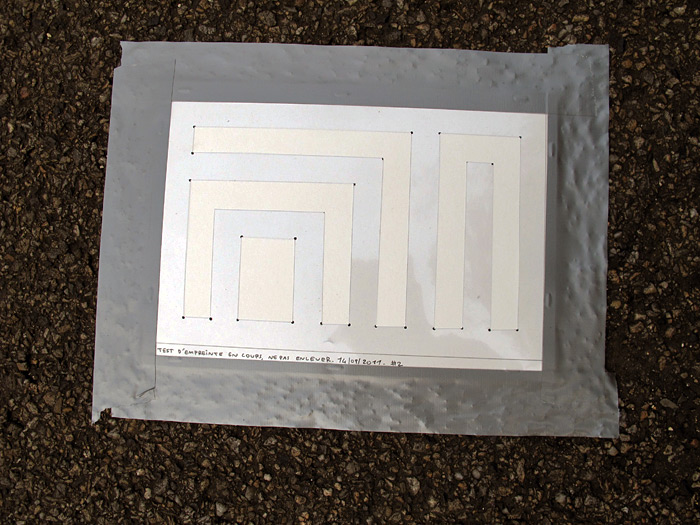
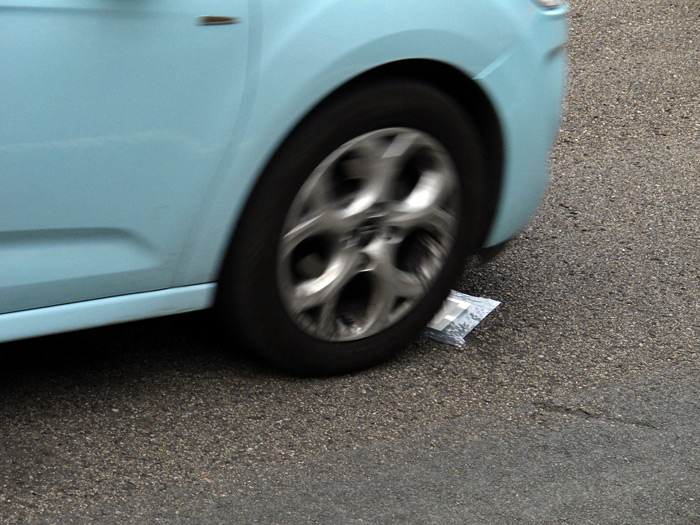
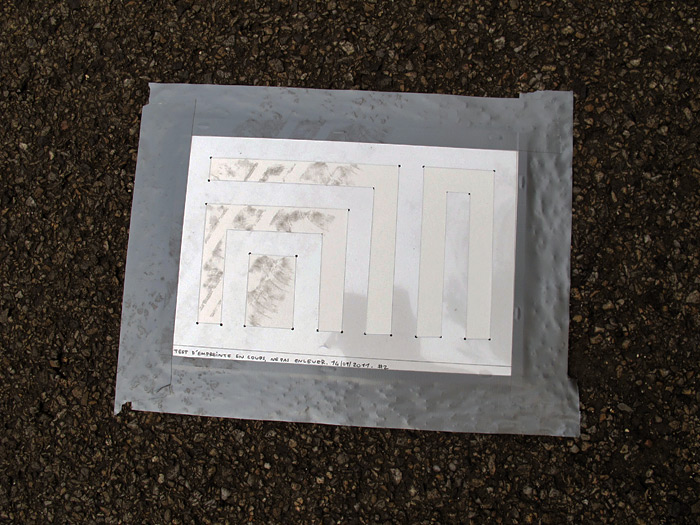
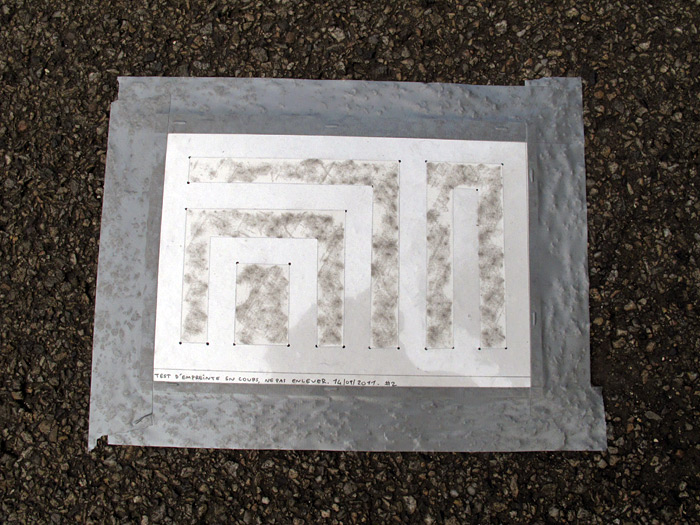
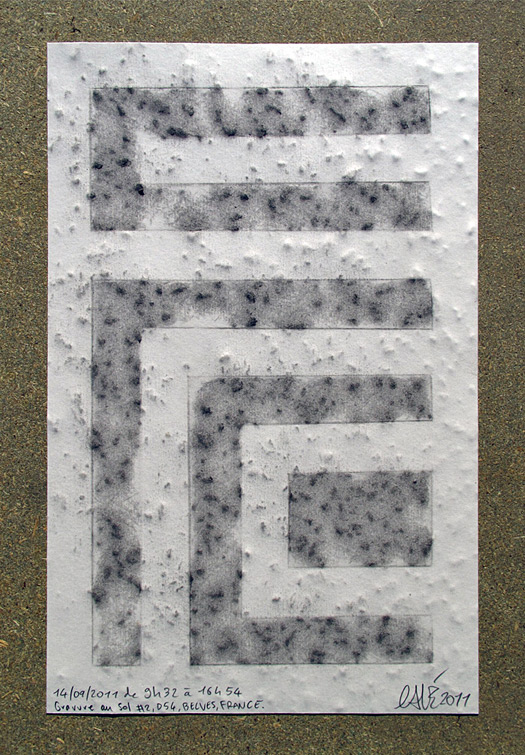
Asphalt engraving on Sumiaozhi-8K 160g Paper, 18 cm x 28 cm.
19/10/2011 from 15h00 to 16h19, 学院路 (Xueyuanlu), Beijing, China.
Most of the marks were left by bikes and bicycles.
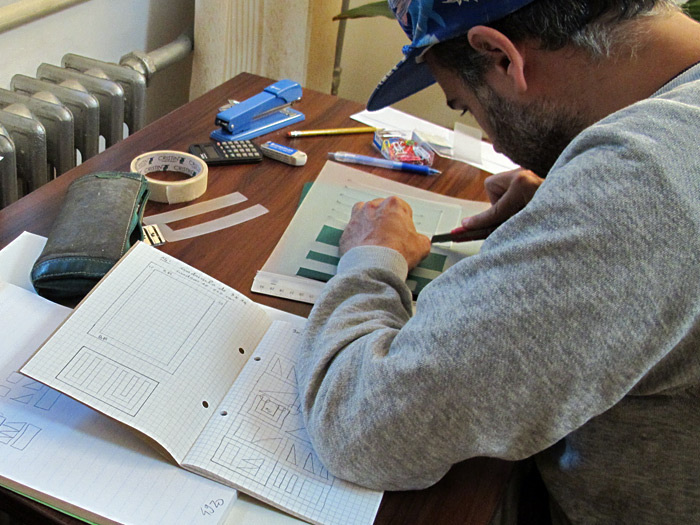
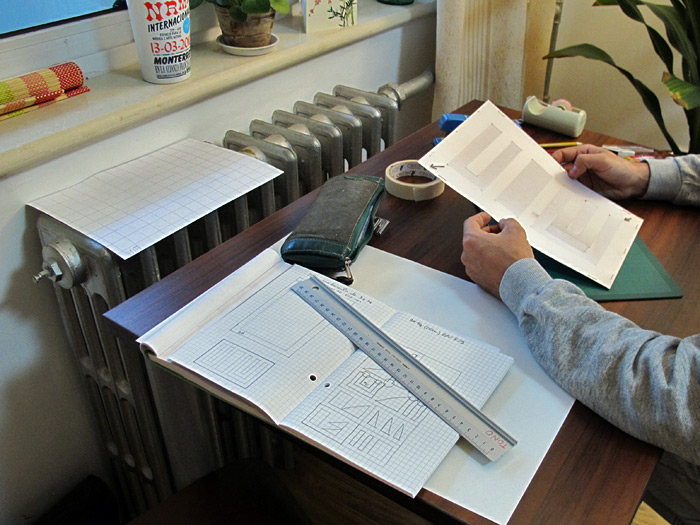
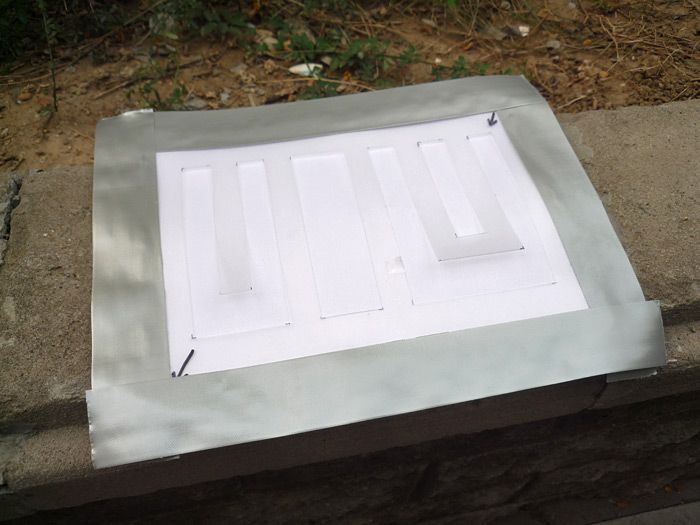
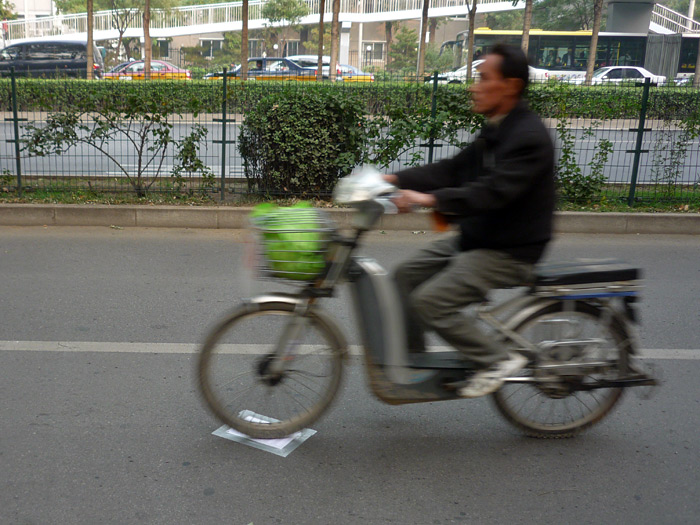
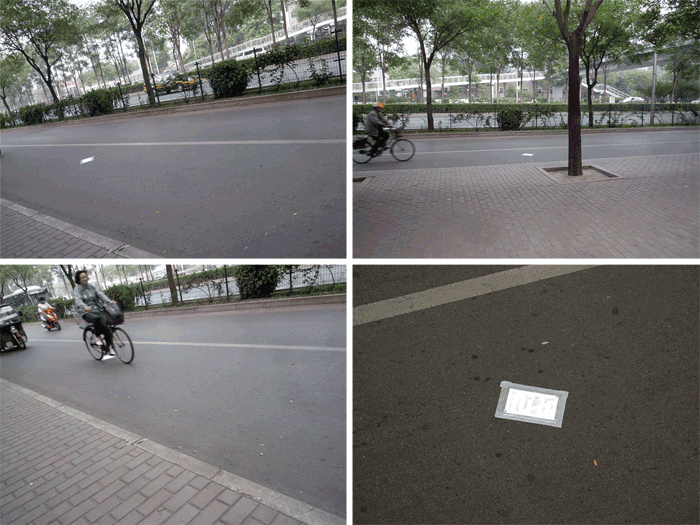
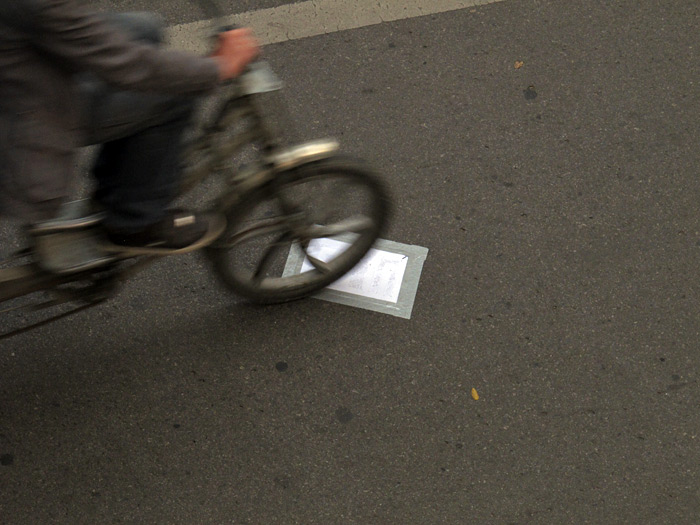
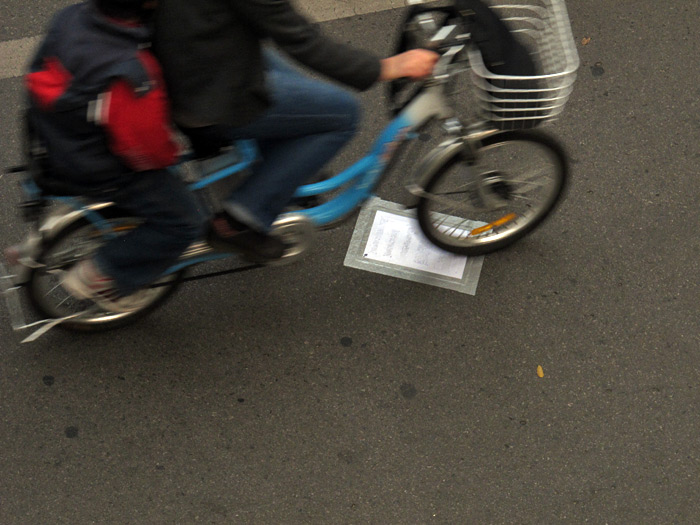
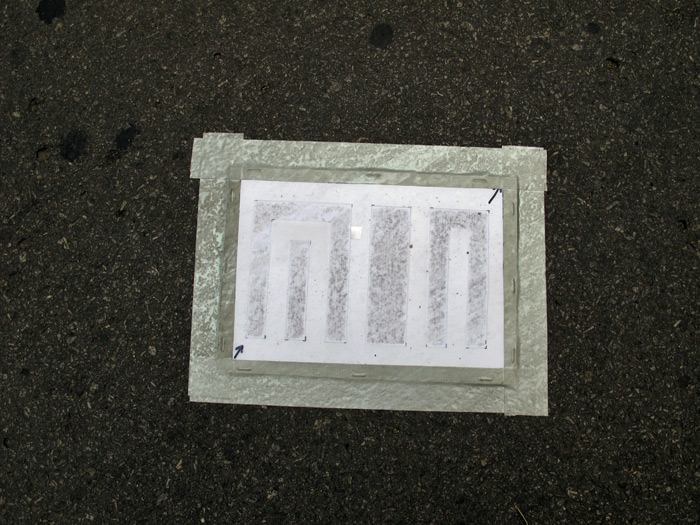
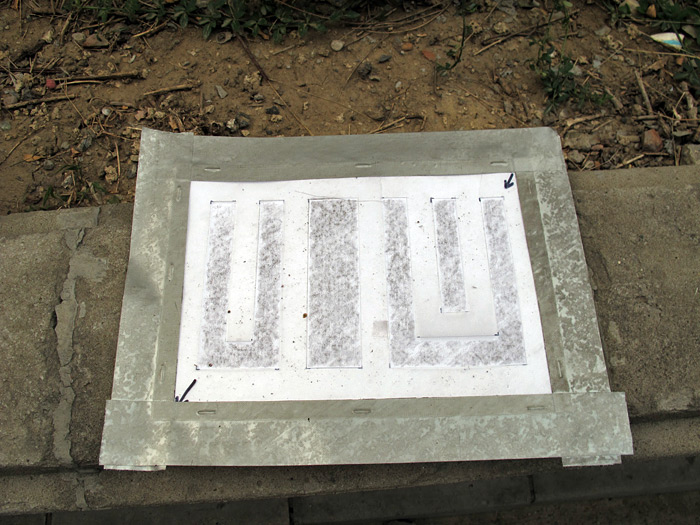
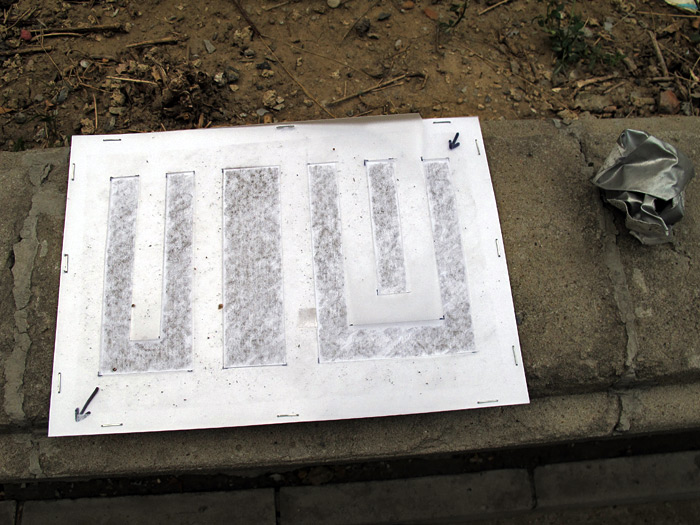
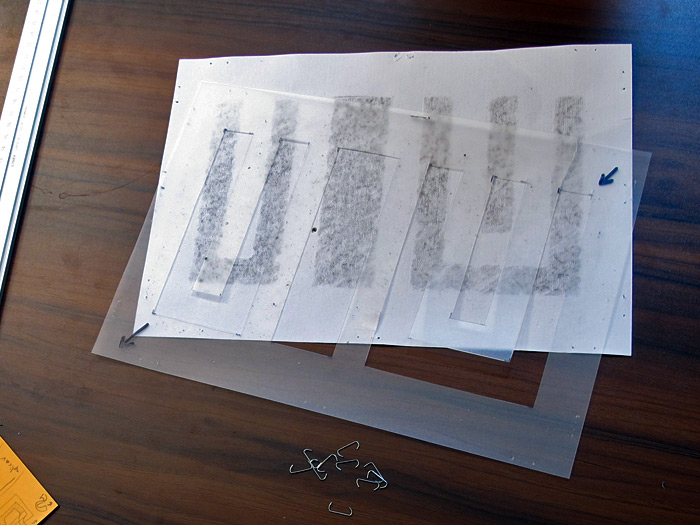
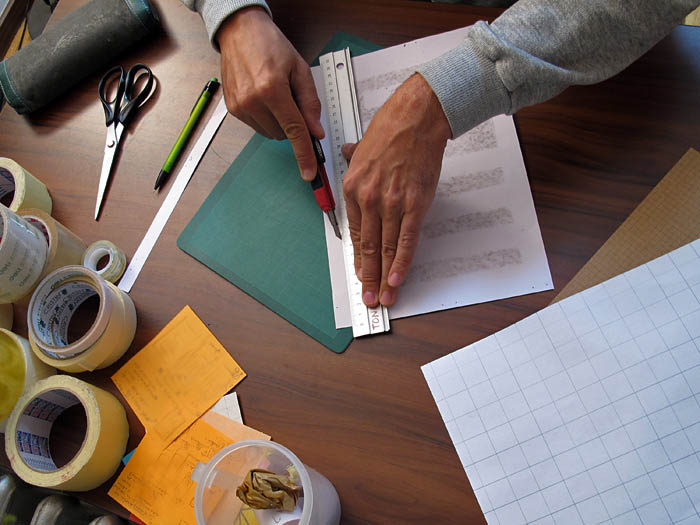
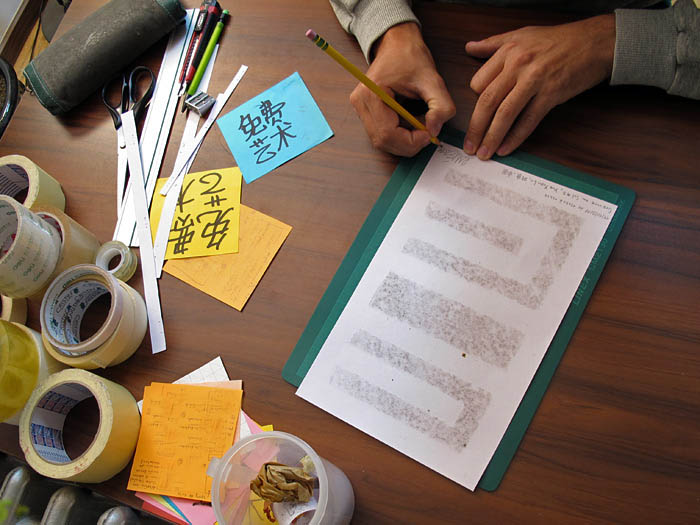
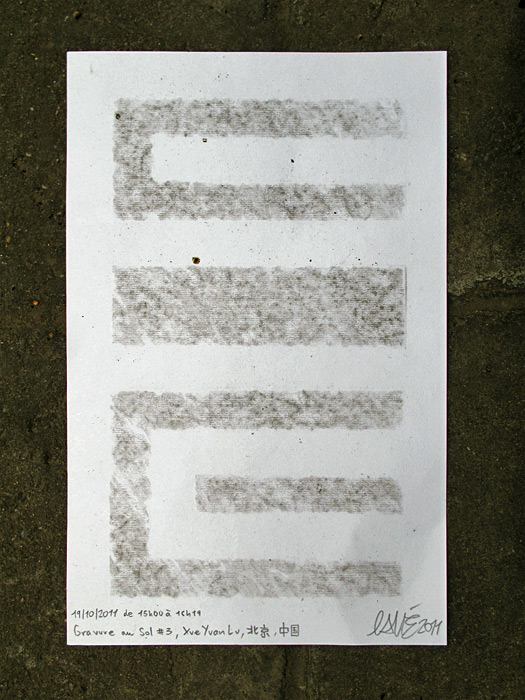
Asphalt engraving on Sumiaozhi-8K 160g Paper, 18 cm x 28 cm.
24/10/2011 from 15h48 to 16h45, 展春园西路 (Zhanchunyuanxilu), Beijing, China.
Most of the marks were left by cars.
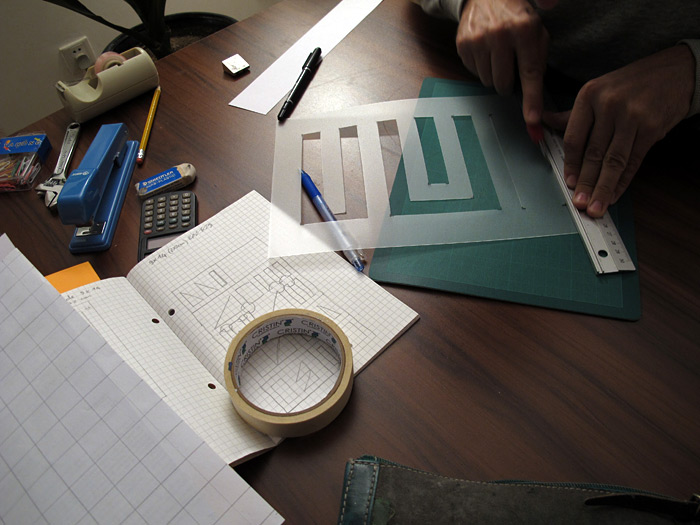
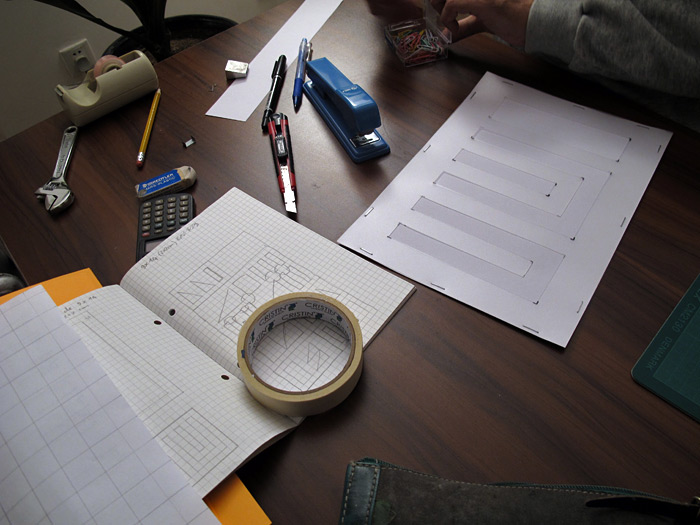
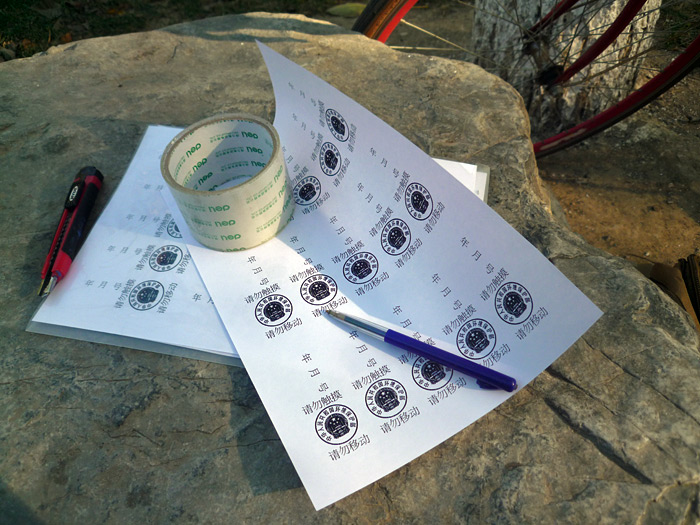
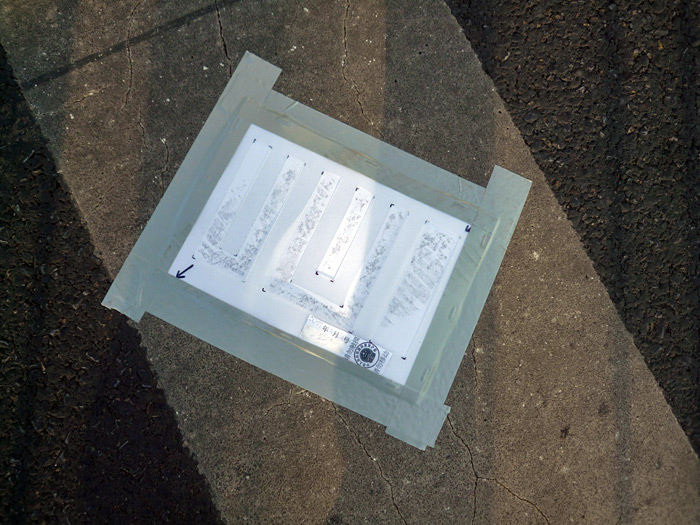
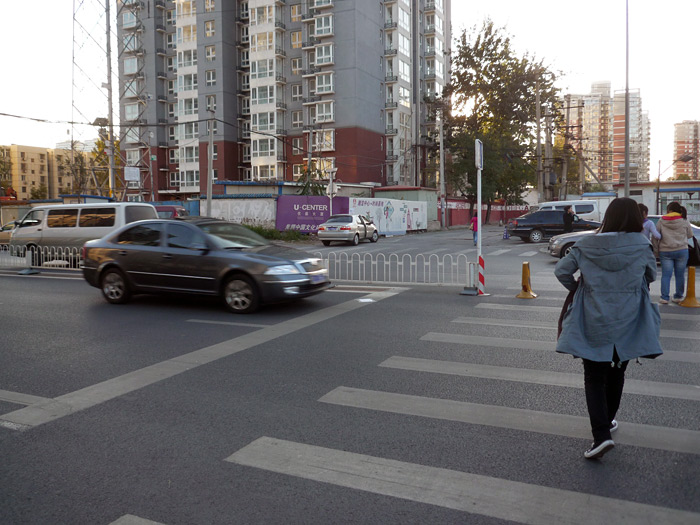
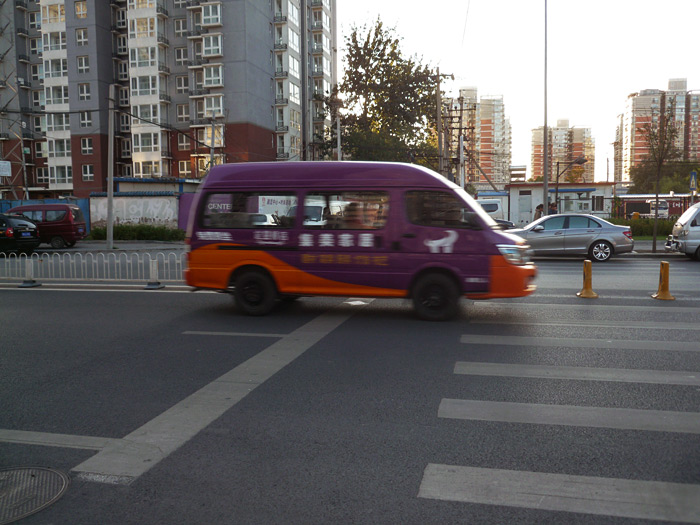
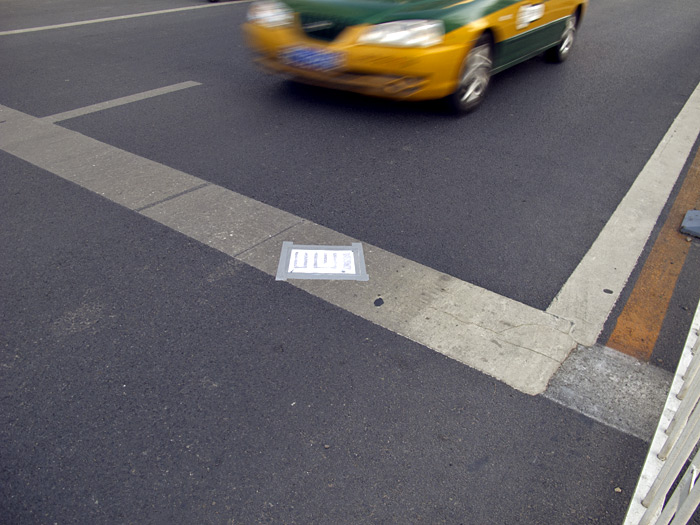
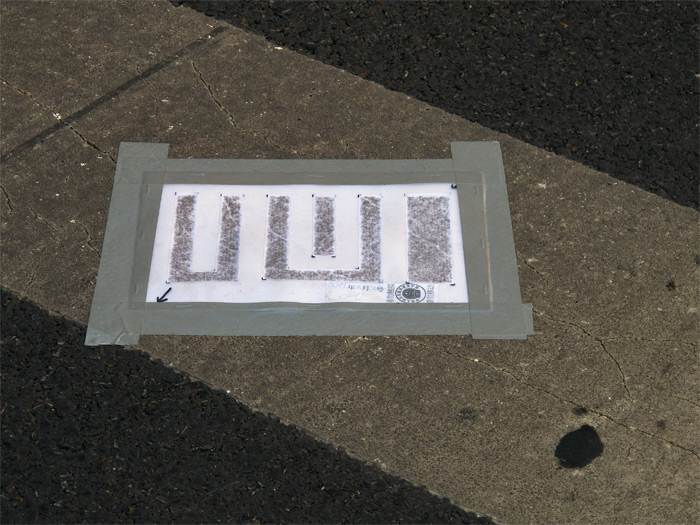
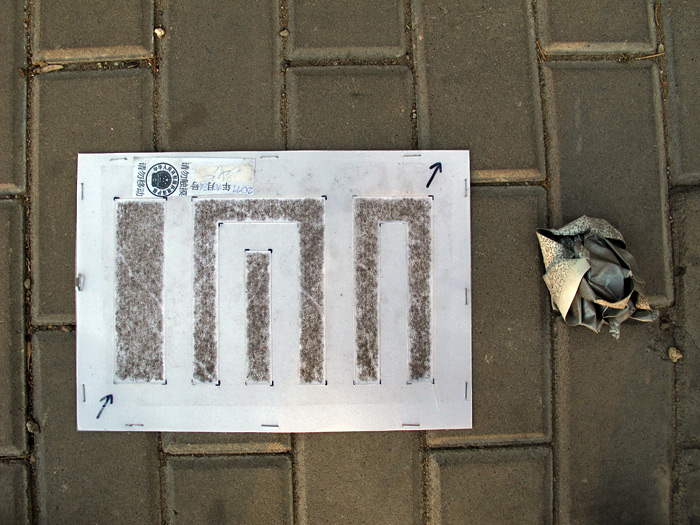
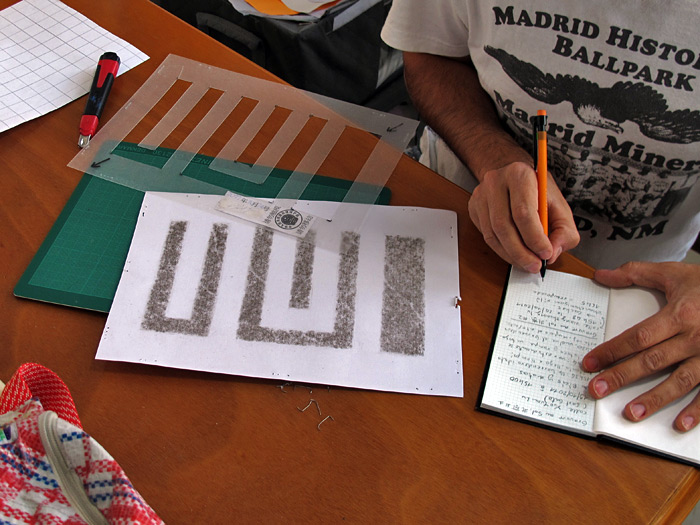
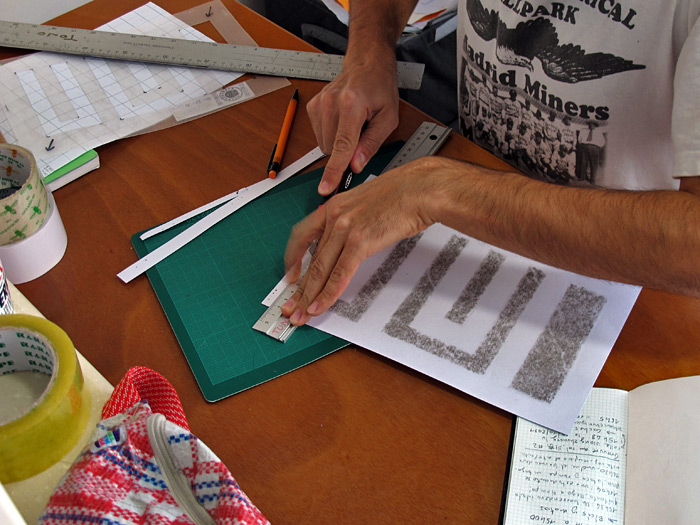
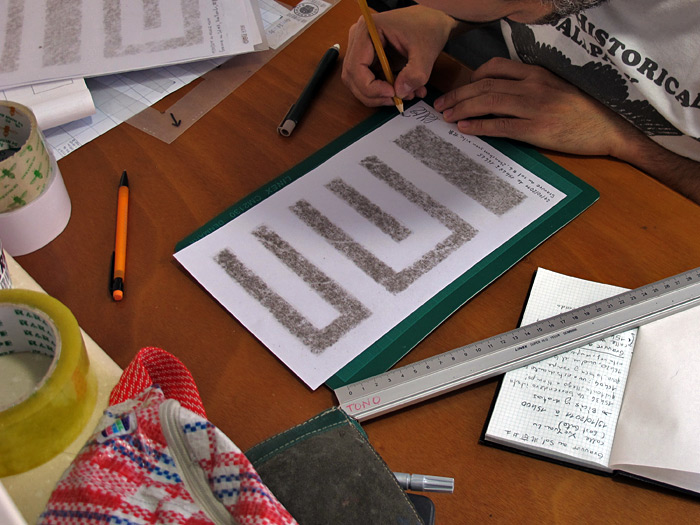
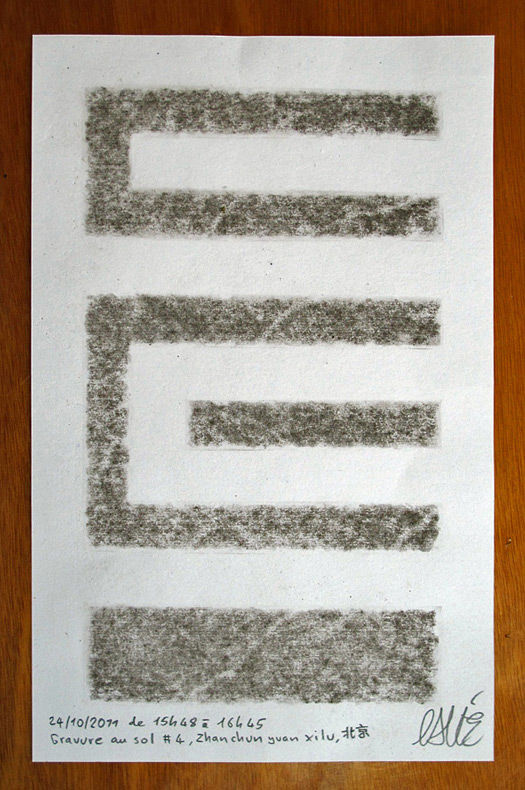
I am in the process of conducting further experiments at this time. As soon as I obtain some more interesting results, I will post more examples.
As the results for these first experiments from the TRACES project are recoverable, they will be available for purchase, with my other graphic works, at the Boutique on this website.
M van Museum
Leuven, Belgium
July 2011
Project in collaboration with MOMO
During summer 2011, I was invited to Leuven, Belgium, to participate in the first edition of Outomatic. This outdoor art festival was made possible by help from the M van Museum. Hans, the festival organizer, told me about all the empty flag posts visible throughout the city streets, and I instantaneously loved the idea to use them for a project. As I knew that MOMO was also participating in the festival, I asked him if he would like to collaborate with me using a process similar to the one we used during the PLAF project to design flags. We prepared 50 flags during the first five days and we hung them the sixth day in the afternoon. It took us a couple of hours to hang the flags and we worked without any kind of permit. This project is called Tiensestraat because it is named after the street where we put the flags. Today, while writing this page, more than a month after the installation, the flags are still flying…
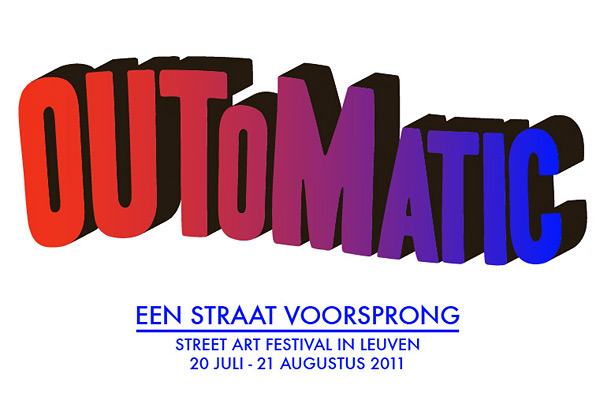
We also painted a mural inside the M van Museum:
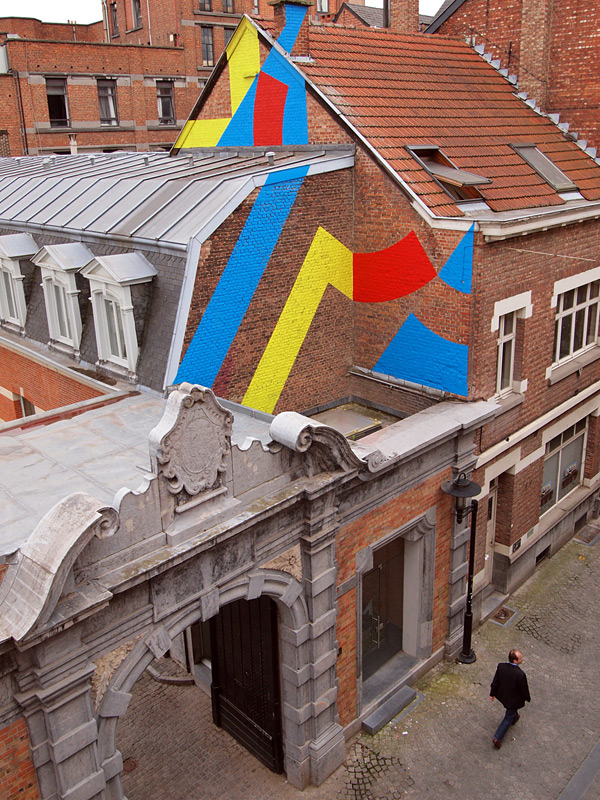
Thanks to Hans and the M van Museum.